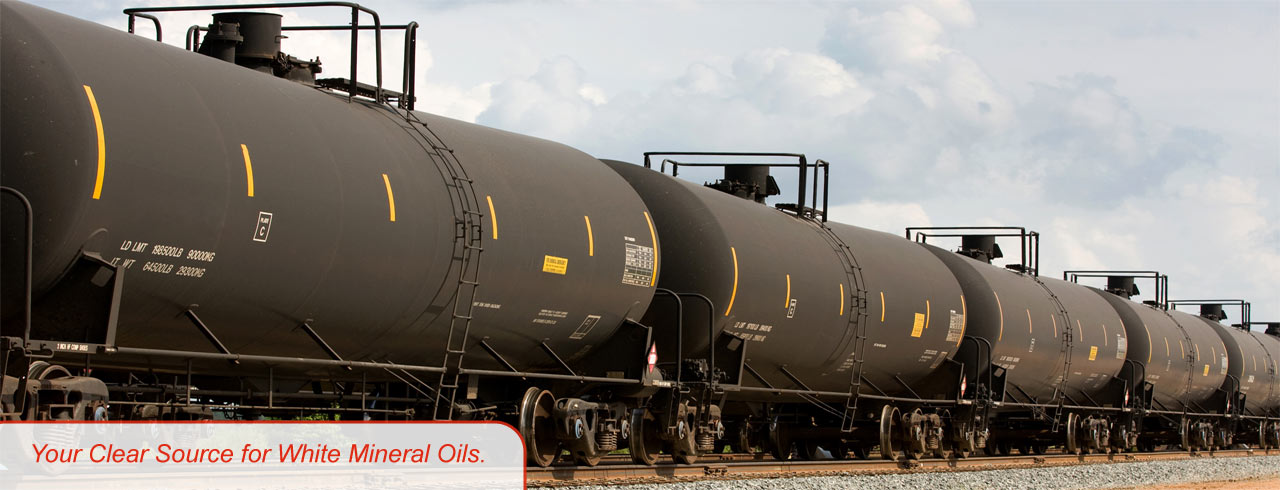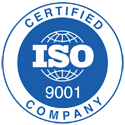Troubleshooting Common Issues with Mineral Oil Applications in Manufacturing

A Practical Guide to Solving Performance Issues Related to Viscosity, Contamination, or Compatibility
Mineral oil plays a vital role in a wide range of manufacturing operations—from hydraulic systems and compressors to plastic processing and metalworking. Its versatility, chemical stability, and cost-effectiveness make it a go-to solution. However, like any industrial input, mineral oil can encounter performance challenges when applied under complex or changing conditions.
Whether you’re experiencing unexpected equipment wear, flow problems, or signs of contamination, this guide will help you identify the root causes and restore optimal performance.
1. Viscosity Issues
Problem: Oil is too thick (high viscosity) or too thin (low viscosity), leading to performance drops, poor lubrication, or overheating.
How to Troubleshoot:
- Review operating temperature ranges. Viscosity changes with temperature. Using oil outside of its ideal temp range can reduce flow or increase wear.
- Verify the correct ISO viscosity grade. Always match the oil’s viscosity with manufacturer equipment specs.
- Monitor ambient and load conditions. Heavy loads or sudden temperature drops can affect flow.
- Use viscosity index improvers (when applicable). These additives help stabilize viscosity across temperature variations.
Solution: Switch to a mineral oil grade with a more appropriate viscosity rating or consider blended formulations designed for temperature-sensitive applications.
2. Contamination Problems
Problem: Dust, water, metal particles, or other fluids enter the oil, reducing efficiency and potentially damaging machinery.
How to Troubleshoot:
- Inspect system seals and reservoirs. Leaks and exposure points are prime sources of contamination.
- Look for discoloration or unusual smells. These are common indicators of oxidized or compromised oil.
- Conduct routine oil analysis. Particle count, water content, and acid number testing can pinpoint contaminants early.
- Check filter integrity. Clogged or broken filters can allow debris to circulate freely.
Solution: Drain and replace the oil, flush the system, and replace filters. Reassess storage and handling procedures to reduce future contamination risk.
3. Material Compatibility Issues
Problem: The mineral oil reacts with plastics, seals, gaskets, or other materials in your system. This can lead to swelling, cracking, or leaks.
How to Troubleshoot:
- Check material compatibility charts. Always cross-reference the oil formulation with the materials used in system components.
- Look for premature seal failure. Degraded rubber or elastomers may signal chemical incompatibility.
- Evaluate recent changes. If a new formulation or supplier was introduced, incompatibility may be the cause.
- Monitor wear and residue. Sticky buildup or disintegration often points to chemical mismatch.
Solution: Switch to a white mineral oil or a synthetic-compatible base stock that is non-reactive with sensitive materials. Consult your supplier for a formulation specifically engineered for compatibility.
Proactive Maintenance Tips:
- Establish a regular oil sampling and testing schedule to detect early signs of breakdown or contamination.
- Educate maintenance staff on proper storage, handling, and monitoring techniques.
- Work closely with your oil supplier to choose the right oil formulation for your exact application and environment.
Final Thoughts
Mineral oil is a workhorse in manufacturing, but even the most reliable fluids can fall short if not matched carefully with operating conditions. Viscosity mismatches, contamination, and incompatibility can all cause significant headaches—but with a systematic troubleshooting approach, they can also be resolved quickly and effectively.
Need help selecting or troubleshooting your mineral oil application? Reach out to your supplier or technical advisor for a custom solution.

























